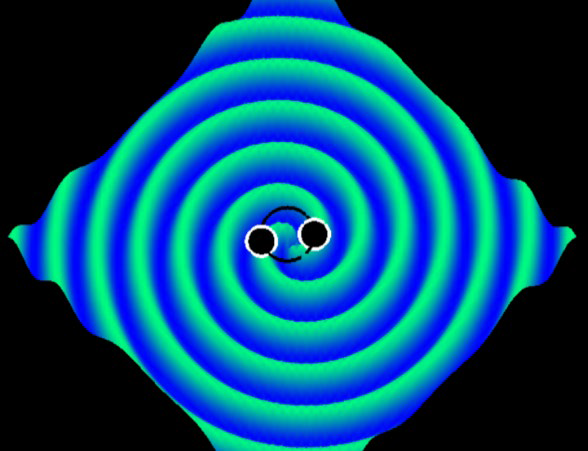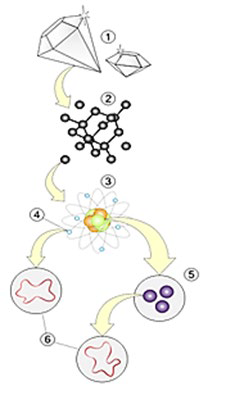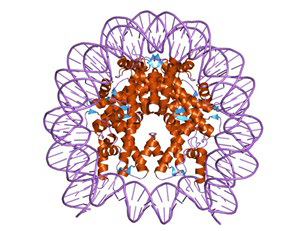How.it.Works > History.and.Application
The History and Application of the Science that Supports the Development of the Cell Wellbeing App
Carlos Orozco BSc, MSc, ND, MD, PhD, FPAMS and Donato Méndez Segura, MD
Section 2
Historical Background of Quantum Physics:
Reviewing the history and the evolution of physics, we come across Democritus who in the year 450 BC, developed the "Atomic Theory of the Universe" in which he described that matter consisted of particles which he called “atoms” meaning indivisible1. But it was not until the sixteenth century that Classical Physics or as it is now known Newtonian Physics, was developed by Isaac Newton, who is considered one of the greatest scientists of all times. He astonished the world with his great discoveries, such as the Universal Gravitational Law that unifies the macro-cosmos with the micro-cosmos with the postulation of the theory he called “gravity”. Newton did not know how gravity worked and left the task of discovering how it does it to future generations.
Today, increasingly dismissed by most clear-thinking people who have their feet firmly on the ground. In fact, Newton himself, after some contemplation, thought the practical application of his theory ridiculous, as he laid out in a letter to a friend, Richard Bentley in 1692:
“That gravity should be innate, inherent, and essential to matter, so that one body can act upon another at a distance through a vacuum without the mediation of anything else, by and through which their action and force may be conveyed from one to another, is to me so great an absurdity that I believe no man, who has in philosophical matters a competent faculty of thinking, can ever fall into it.”—Isaac Newton
Years later, Albert Einstein did explain it with the development of his Theory of Relativity2, Newton also found that a beam of white light decomposes into 7 colors, when it is passed through a prism and getting 7 colors (red, orange, yellow, green, blue, indigo and violet). He then passed only red light through the prism and found that it was still red; concluding that white light is made of 7 colors ranging from violet to red. Around the same time, he developed what we now know as differential and integral Calculus. He also gave us the ‘Philosophiae Naturalis Principia Mathematica’, a master piece, which begins with his three laws of motion.
Newton said matter is made of impenetrable solid particles with defined and permanent dimensions and these combine in order to produce substances that make ordinary objects fixed and independent from the attributes of the observer3.
When Albert Einstein postulated the reasons of his famous Theory of Relativity in the early XX century, he laid the foundations for the importance of the relative position of the observer in terms of time and space, thus formulating the concept of what we now know as the fourth dimension called space-time. A matrix, in which all objects are immersed in the cosmos that includes the micro and macrocosmos4, postulating what has just been rediscovered in 2016: gravitational waves which are generated by the gravitational energy in the matrix of space-time. Gravitational energy is not a force! It is known as gravitational potential energy, which is the ability that bodies have to apply an influence which depends only of the configuration of masses surrounding it. This means, if a body is affected by a gravitational field, which we now refer to as an energy quantum field, which has the ability to move due to the force that the masses exerted on it5.
Gravitational waves are vibrations in space-time matrix, the material from which the universe is made of. In 1916, Albert Einstein recognized that, according to his General Theory of Relativity formulated in 1905, the most violent bodies of the cosmic bodies release part of their mass in the form of energy through these waves. The German physicist thought it would not be possible to detect them because they originate too far and they would be imperceptible when reaching the Earth. On February 11, 2016, the international press published that a group of researchers announced the detection of these waves for the first time6.
How do gravitational waves behave? They are comparable to waves moving on the surface of a pond or sound in air (Fig. 1). Gravitational waves distort space- time and, in theory, travel at the speed of light. Its passing can modify the distance between planets, albeit very slight. As Kip Thorne explained, one of the pioneers in the research of these waves, quote: “these effects have to be especially intense in the vicinity of the source, where "wild storms" are produced and which distort space, accelerating and decelerating time”6.
Fig. 1: Gravitational waves: gravitational waves are generated by a binary system. The deformation occurs in a perpendicular level to the direction of the wave propagation.
Fig. 2. Matter Levels: 1) Matter; 2) Molecular Structure; 3) Atoms; 4) Electrons;
5) Quarks; 6) Strings
5) Quarks; 6) Strings
Continuing with the story, in the mid-eighteenth century, the Swedish researcher James Clerk Maxwell, based in England, published the Electromagnetic Theory where he introduced the concept of electromagnetic wave which allowed an adequate mathematical description of the interaction between electricity and magnetism7, and the formulation of his famous four equations where he introduced the concept of the scalar gradient, which gave rise in the mid 1990’s to what we now know as scalar waves, thanks to the contribution of Prof. Meyl8.
In the last third of the XVIII century, Rutherford described that all the electrons orbiting the nucleus are equal but that they rotate or spin in different orbits. Electrons can jump from one orbit to another to confer stability to the atom, getting closer to its nucleus, in so doing, they leave behind energy that manifests itself as light, just like the tail of a comet, and is known as a photon which is nothing else but a bundle of light energy. The jump of electrons among atomic orbitals has been called the quantum jump or quantum leap9.
In 1900, Max Planck stated that energy is radiated in small units or pockets of energy he called “quanta” and described the “constant” that bears his name and is used to calculate the energy of a photon10.
In the early XIX century, Niels Bohr described that two electrons can be in two opposite positions and extremely distant from one another and what happens to one in a determined point of the cosmos will be experienced by the other in the opposite way at distance. He reassured that subatomic particles communicate with each other, regardless of distance, even in when they are in different dimensions by sending information about their states in two distant points within the cosmos. This is what we know as quantization of space11. This phenomenon was referred to by Albert Einstein as spooky action at a distance and in 1935 Erwin Schrödinger called it entanglement12.
In 1905, Albert Einstein published his Theory of the Photoelectric Effect for which he received the Nobel Prize in 1923, in which he states that light, in certain circumstances, behaves as independent energy particles (light quantum or photons). In 1913 he published The Theory of Specific Heat, which defined the term calorie as the amount of heat required to raise by one grade Celsius the temperature of the mass of a body13. In 1915 he published the Special Theory of Relativity, demonstrating that electromagnetism was an essentially non- mechanical theory (quantum physics).
In 1925, Louis Victor de Broglie proposed that each particle of matter has an associated wavelength, inversely proportional to its mass (momentum) and given by its speed. He said that all matter has characteristics of both, waves and particles, being able to behave in one way or another, depending on the specific experiment (Wave-Particle Duality14). In this same century, Werner K. Heisenberg formulated the uncertainty principle, a fundamental impossible to accurately measure simultaneously the position and momentum of a particle15.
In 1974, Joel Scherk and John Henry Schwarz introduced as the fundamental model of theoretical physics the String Theory in which it is basically assumed that apparently specific material particles are actually "vibrational states" of a more basic extended object called "string" or "filament". According to this theory, at a "microscopic" level, the electron would be perceived not really as a point, but as a looped rope that can move and also oscillate in different ways. If it oscillates in a certain way, then we would see it’s microscopically as an electron, but if it oscillates otherwise, then we would see it as a photon or a quark16 or any other particle in the standard model (Fig. 2).
In 1984, this theory was broadened together with others such as the Theory of the Superstrings also called the M-Theory. It aims to move away from the concept of point-particle and later by the Quantized Theory from Kaluza-Klein in which it is assumed that the level of matter passes to a molecular structure, and finally strings and where basic objects of the theory would not be particles but unidimensional objects.17
All elementary particles are—depending on their spin—either bosoms or fermions. These are differentiated via the spin-statistics theorem of quantum statistics. Particles of half-integer spin exhibit Fermi- Diract statistics and are fermions.18 Particles of integer spin, in other words full-integer, exhibit Bose- Einstein statistics and are bosons.18
Currently in the M-Theory, it is admitted that the space-time in which the strings and the p-branes of the theory move would not be in the ordinary space-time of 4 dimensions but a space of the Kaluza-Klein type where 6 compacted dimensions are added to the four conventional dimensions as the variety of the Calabi-Yau. Therefore, conventionally in the string theory, there are 1 temporal dimension, 3 ordinary spatial dimensions and 7 compacted and unobservable dimensions in the practice, giving a grand total of 11 dimensions.
So, as we can see, we have moved from the Newtonian Physics, where the concept that matter is made of impenetrable solid particles, of defined and permanent dimensions and where they combine to produce substances that make ordinary objects with fixed and independent attributes to the observer, and which considered the universe as deterministic and predestined, to Quantum Physics where the atoms of matter are considered as vibrational energy and a probabilistic universe in which energy influences matter in both, macro and micro environments and where it is capable of being modified by the environment, and the human being just an observer19.
EPIGENETICS
As the Cell Wellbeing App is able to transmit frequencies that cause changes in the phenotype of living due to structural rearrangement of the quantum energy field.
Epigenetics is the study of the changes in the gene expression that are not due to an alteration of the DNA sequence which is heritable. It was Conrad Hal Waddington who coined the term Epigenetics for the first time in 1942. Epigenetics (from the Greek “epi” in or on, and “Genetics” the study of the genotype and phenotype characteristics that are transmitted from generation to generation through information packages called genes) plays a very important role in modern genetics, as it considers the genetic expression based on the signals that the epigenome receives from the environment and lifestyle of the individual. These genetic factors are determined by the cellular environment rather than by heritage. They intervene in the setting of the ontogeny or development of an organism, from the fertilization of the zygote in sexual reproduction until senescence, through going the adult stage. It also intervenes in the heritable regulation of the gene expression without any change in the nucleotide sequence, that is to say, the genotype. This allows us to say that the genotype is constant and therefore does not change.
However, the phenotype can be modified by the decoding of the signals from both the macro and micro cosmos. Therefore, it can be said that epigenetic is the set of chemical reactions, basically methylations and acetylations20 besides the decoding and translation of environmental signals that modify the activity of DNA without altering the genotype, but modifying the phenotype21. In short, the epigenetic changes do not alter the genes but they do alter their expression. After the completion of the Human Genome Project in 2003, scientists from the 18 countries involved in it, discovered that the human genome is only composed by 25,000 genes. They expected to discover many more since they knew that the so-called genetic dogma encoded for the amino acid series which constitutes the tens of thousands of proteins of the human body, especially considering that about 50% of the dry weight of the cells and the human body are made of proteins22. They also realized that there is much more on the molecular basis of the cell function, the development, the aging and many diseases. The idea that scientists had just a few years ago that human beings and other organisms are fundamentally what is written in their genes since conception is changing rapidly and science is making huge improvements achieving to decipher the language that encodes minor chemical changes capable of regulating the expression of many genes that depend purely on the influence of the signals from the micro- and macrocosms of the epigenome23, that means, in the purely phenotypic expression.
Epigenetic regulation can occur by changes in chromatin conformation according to its interaction with histones. This is a key level of regulation as the state in which chromatin is found, determines the time, place and manner in which a gene can be expressed or not. If chromatin is in a high condensation stage, transcription elements cannot access that DNA region and therefore, the gene is not transcribed; i.e., the gene is AMPUTATED or otherwise silenced. In contrast, if chromatin is not condensed, i.e., it is optional, the transcriptional activators can bind to the promoter regions in order the gene transcription occurs. This is one of the ways genomic regulation occurs.
It has been determined that there are three epigenetic regulation processes: DNA methylation, histone modification and finally the effect of small noncoding RNAs as illustrated in Fig. 3.
Until today we have been able to discern epigenetic mechanisms in a variety of physiological and pathological processes including for example various cancers, cardiovascular, neurological, reproductive and immune diseases.
Methylation (Fig.4) is the addition of a methyl group (-CH3) to a molecule. In development biology, methylation is the main epigenetic mechanism. Here, methylation consists in the transfer of methyl groups to some of the cytosine bases (C) of the DNA located prior and contiguously to a guanine (G). Since methylation is essential in the regulation of gene silencing, it may cause alterations in gene transcription without causing an alteration in the DNA sequence, being one of the mechanisms responsible for the phenotypic plasticity15.
Chromatin is the set of DNA, histones, non-histone proteins and RNA found in the interphase nucleus of eukaryotic cells and constitutes the genome of those cells.
The main objective of the epigenome is to harmonize and re-balance the different vehicles of expression to achieve good health from a holistic point of view, remembering that not only environment and food will impact health, but also stress, thoughts and negative emotions, as well as the influence of the same microbiome. That expression nutritionists use "we are what we eat" should be replaced by "we are what we assimilate or absorb" because it is precisely the nutrients which, through methylation, acetylation and deacetylations, hydroxylation’s, sulphonations, can modify chromatin, determining the activity of the histones at the level of their amino acids, lysine and arginine, allowing the gene expression23.
Human beings have the opportunity to choose their destiny without any unalterable genetic determinism. This is thanks to epigenetics and to the quantum energy field that receives information through signals from the micro and macro cosmos through entanglement. This allows all to be one and one to be all. Our life experience is passed from generation to generation through the epigenome. But they are the proteins that control the reading and decoding of genes24.
This is of crucial importance when using the Cell Wellbeing App which was developed with these basic principles in mind.
The cells of the human body are a triduum of matter, consciousness and energy, and have their own intelligence, so that they know when we are feeding them wrong. In 1970, Dr. John Diamond discovered that the muscles are strengthened or weakened in the presence of positive or negative emotional stimuli through kinesiology tests that have a binary response of strength or weakness with which we can test whether a food is acceptable vibrationally for our body. In 1985, Dr. David R. Hawkins, PhD in Physiology, Director of the Institute for Advanced Theoretical Research in USA., designed a calibration instrument of "relative truth" using a calibration scale of relative truth of the people, stating that muscles are strengthened or weakened facing truth and untruth, being their answer binary and not dependent on the person. This method, called kinesiology, allows distinguishing the truth (Book: Power vs. Force, Ed. Hay House). While it is not practical to test each food kinesiologically in patients to assess if it is vibrationally incompatible, when a patient refers specifically, to a food intolerance it can be performed and it will be valuable.
In 1992, A. A. Garaiev and A. Poponi published in Nature, "The DNA Phantom Effect", showing the alignment of the photons of a light beam projected on DNA placed on a vacuum bed and the photons remained with the same form of DNA once removed from the chamber. It was demonstrated later how emotions affect the structure of DNA. Recently Luc Montagnier, Nobel Prize for Medicine in 2008 because of his contribution in establishing that HIV causes AIDS, has reported that DNA can send electromagnetic traces of itself to distant cells and fluids. He suggests that enzymes can confuse the spectral fingerprints of real DNA and faithfully copy them in order to reproduce them. Indeed, this would equate to a kind of quantum tele transportation quantum of DNA.
As it can be seen, quantum physicists, epigeneticists and science will not stop, and continue to research reporting findings that surprise us more every day and which were previously considered as unthinkable or unattainable. An example of this the Cell Wellbeing App.
The wave function is a mathematical construct that describes de waviness of probabilities of events at the quantum level. Quantum Physics describes how this wave function behaves and also explains the behavior of the waves at work in the Cell Wellbeing App.
The wave function is a mathematical construct that describes de waviness of probabilities of events at the quantum level. Quantum Physics describes how this wave function behaves and also explains the behavior of the waves at work in the Cell Wellbeing App.

Whenever there is a conscious observer present it causes the collapse of the wave function. It basically destroys information.

An interesting phenomenon is the role of the observer in this scenario, since an observer has a chaotic effect in describing and explaining what goes on when he is in the loop. Most physics experiments keep the observer out of the loop. In other words, “they keep scientists out of the box”, the very reason scientific discoveries are made, the Cell Wellbeing App being one of them.
Dr William Tiller (www.tiller.org) states that human intention can significantly influence properties of materials and the nature of reality. This capacity is enhanced by the Cell Wellbeing App and can be felt in the texture and pallet of liquids such as spirits, hot beverages and water containing foods.
This is because the physical restructuring of liquids goes beyond the molecular and the atomic level. The quantum field and the harmonics between the Cell Wellbeing and bio-photons, through the scalar wave equation in three dimensions account for such restructure in that results from the interaction of vibrational and gravitational waves.
Bio-photons emit from DNA. This is extraordinary as it gives rise to coherence. The Coherence state is defined as an Eigen-state of the annihilation operator a(a) = a|a, where [a-,a+] = 1, and 1 is harmony30.

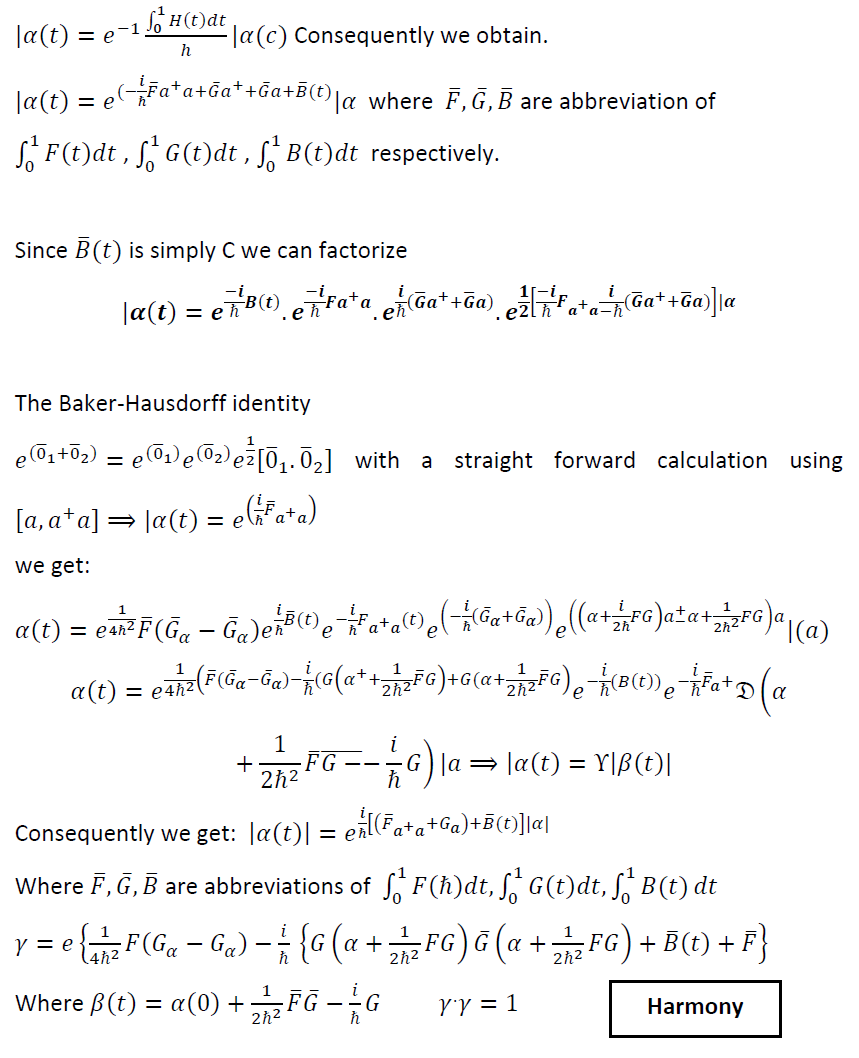
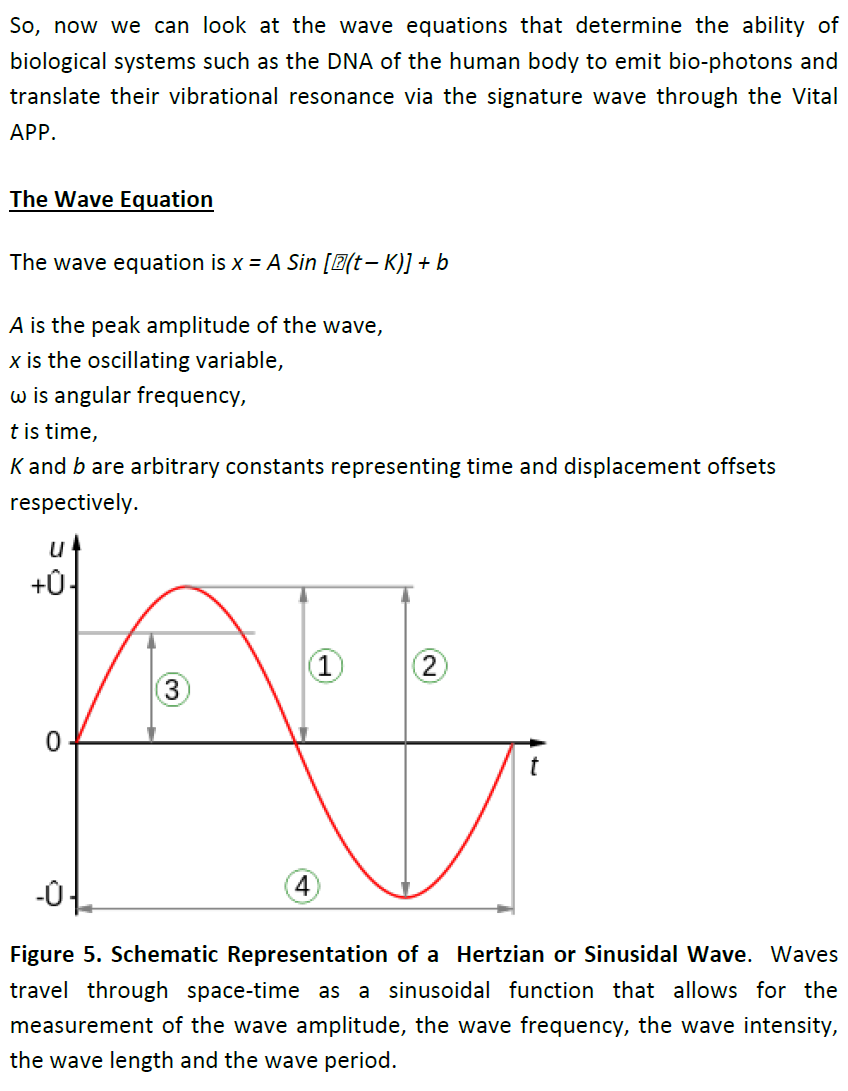
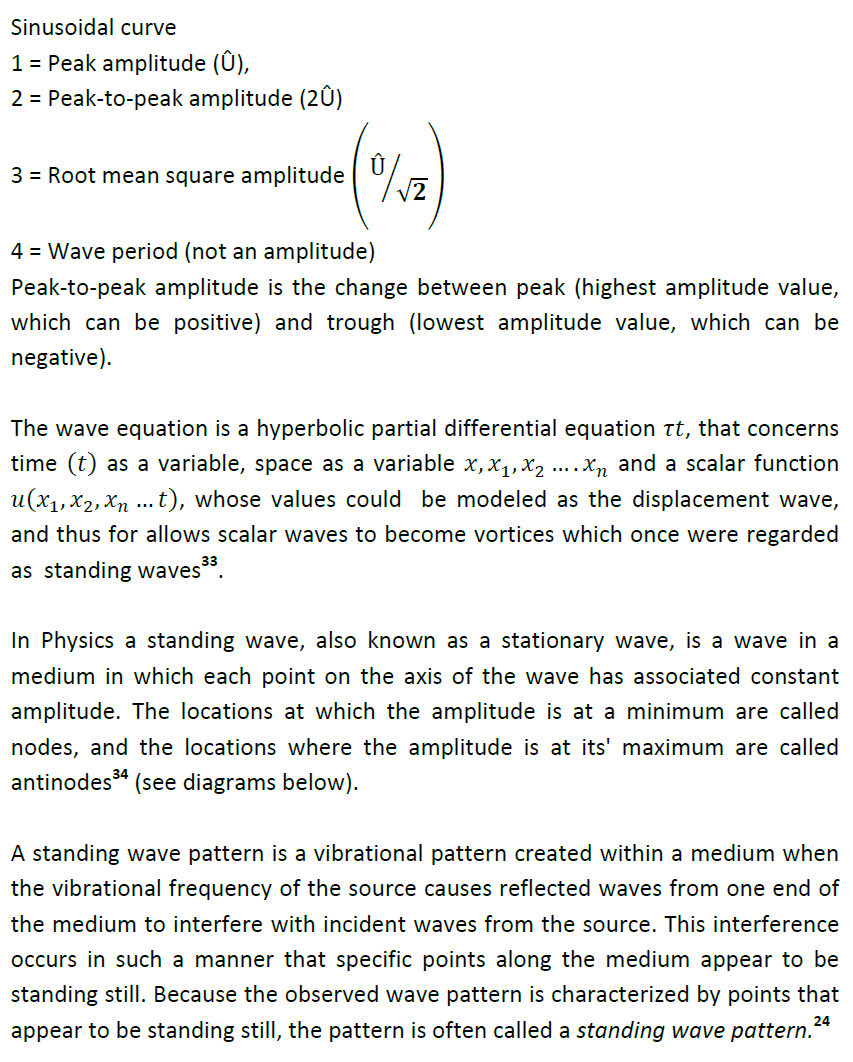
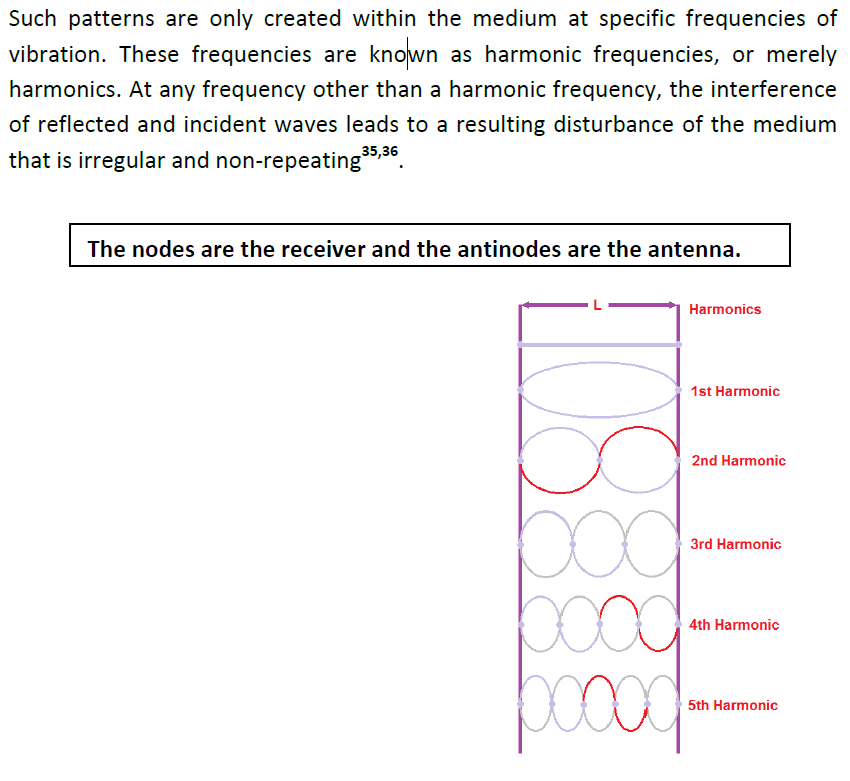

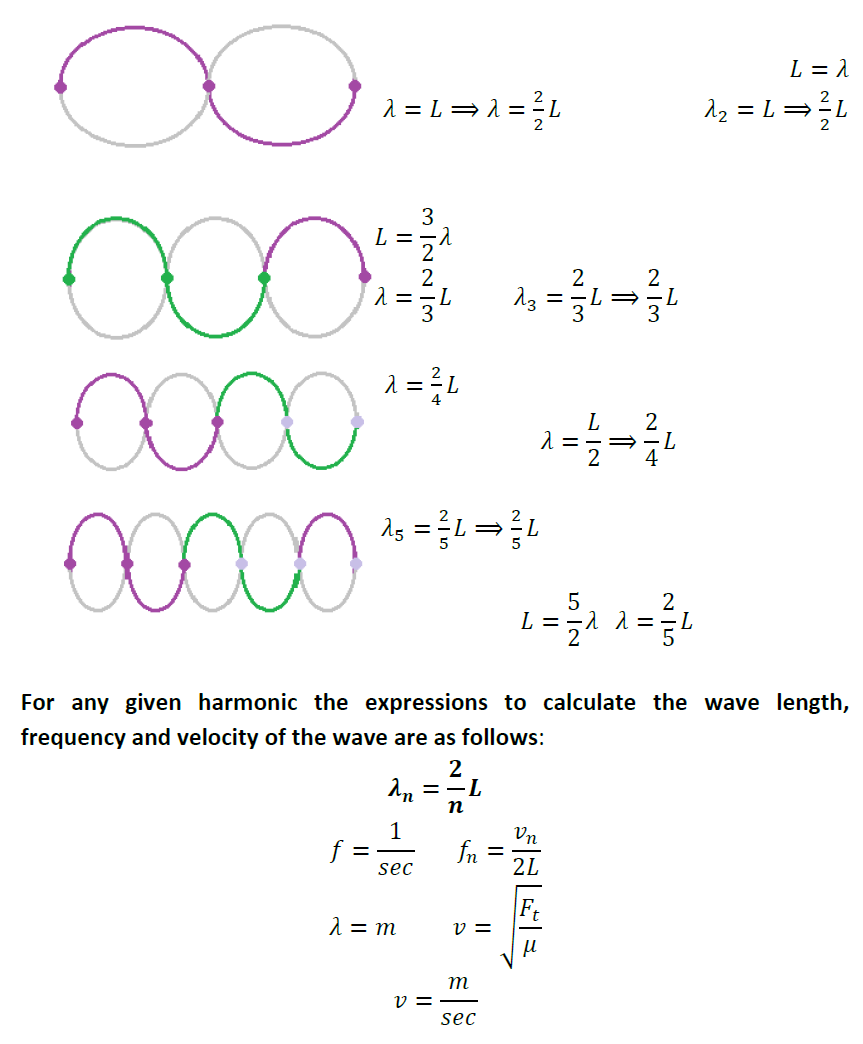
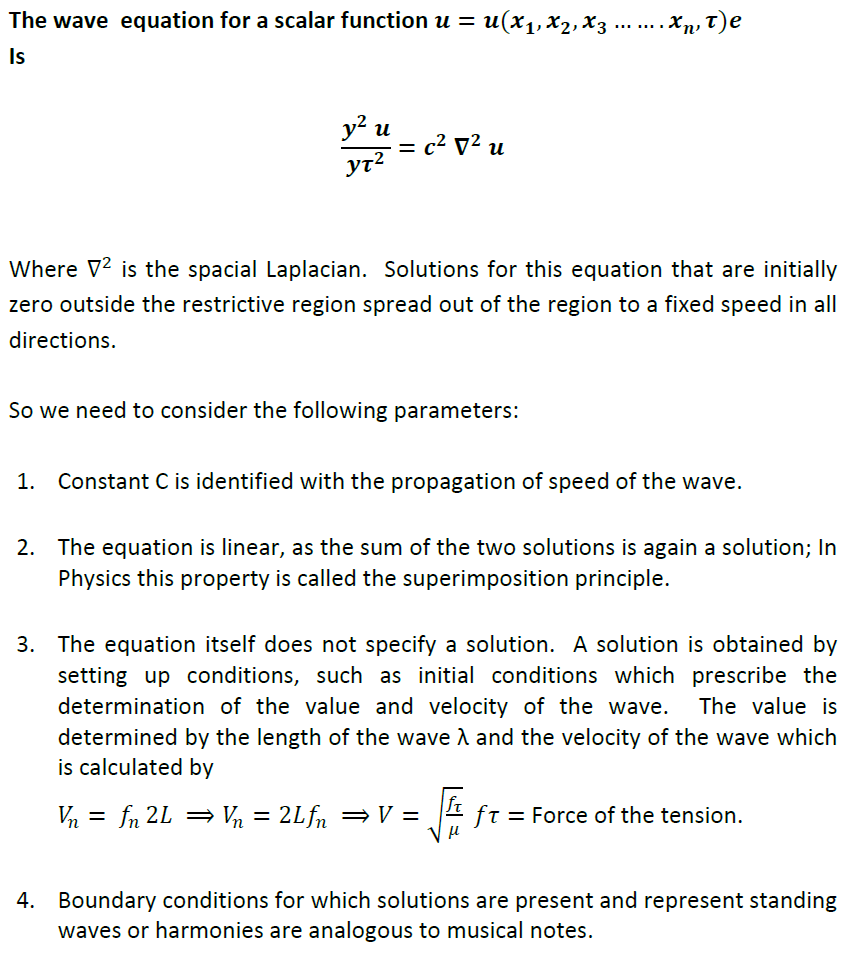
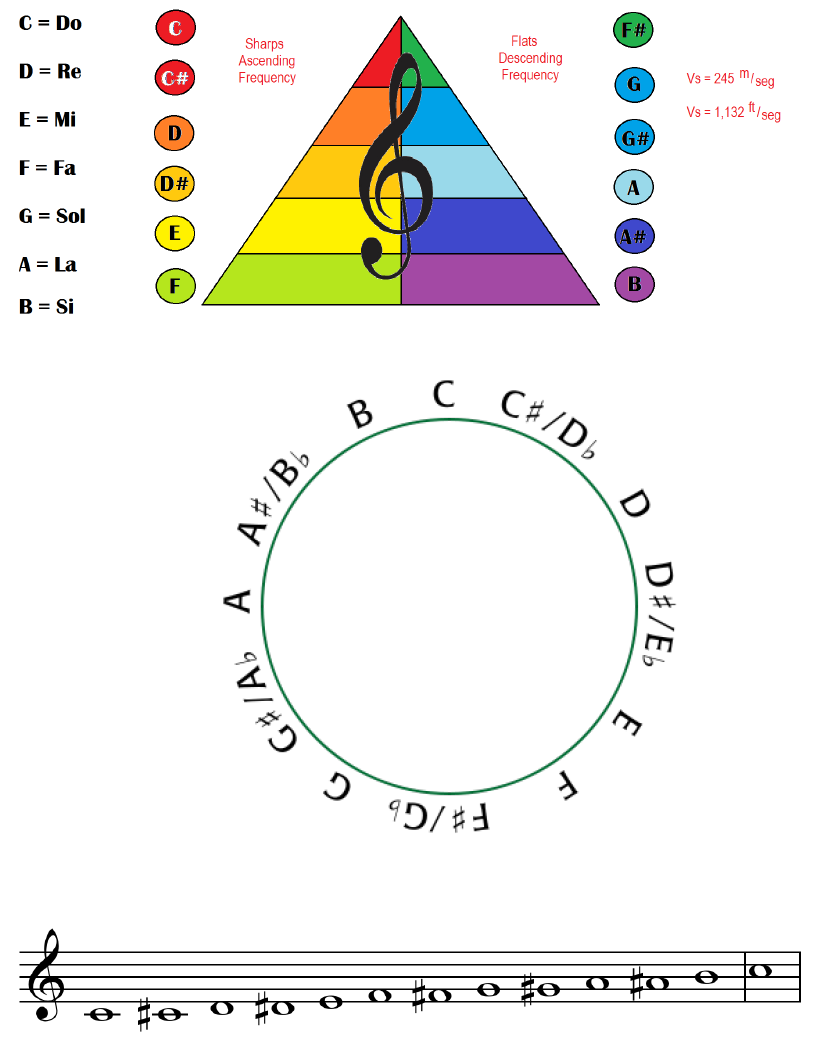
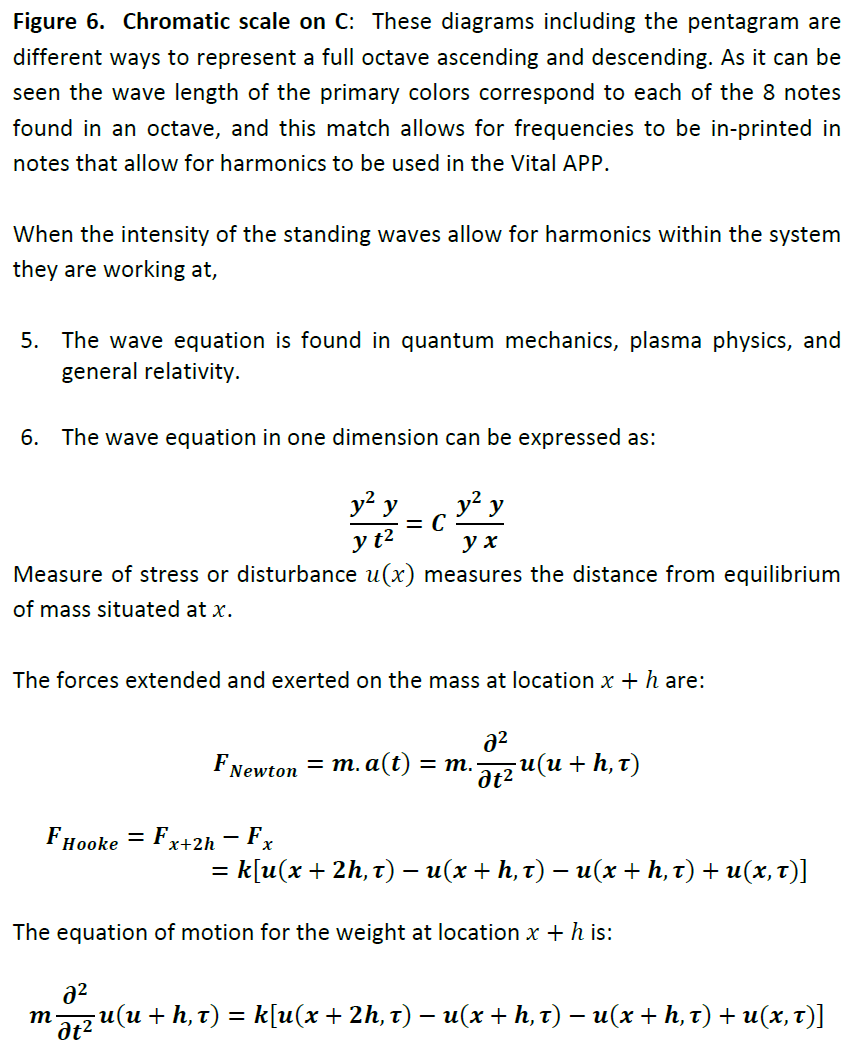
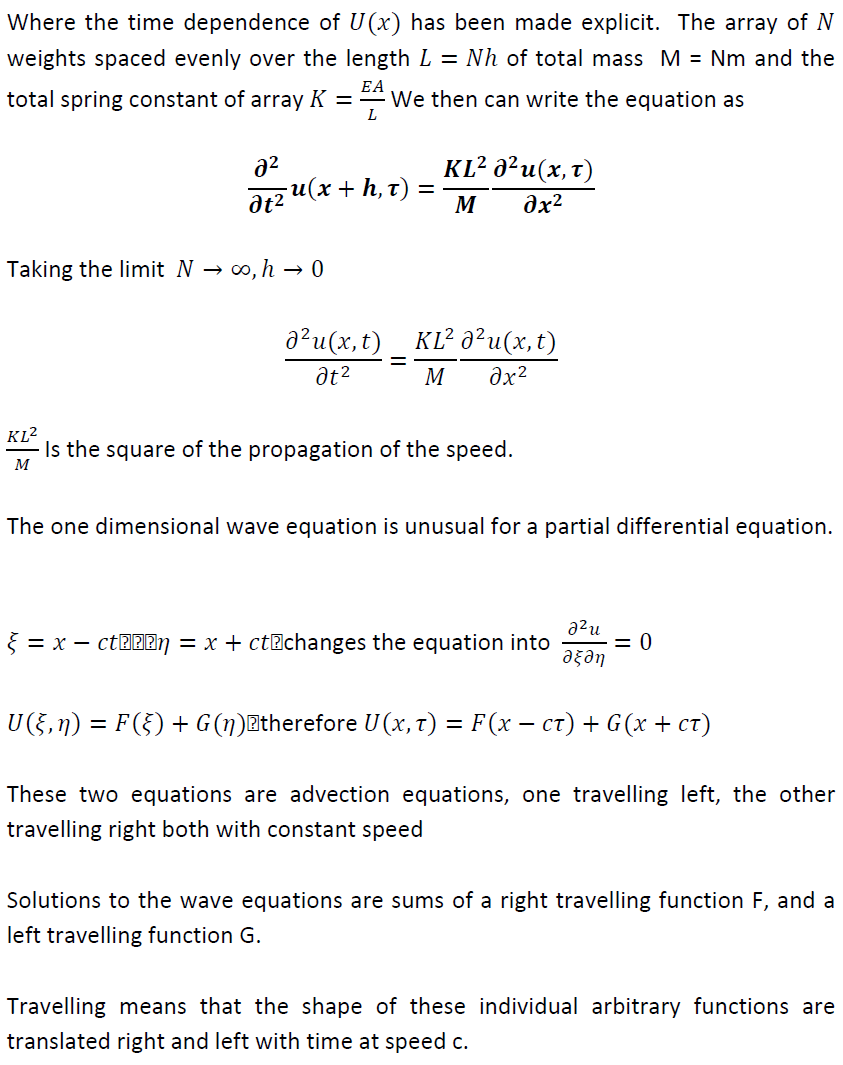
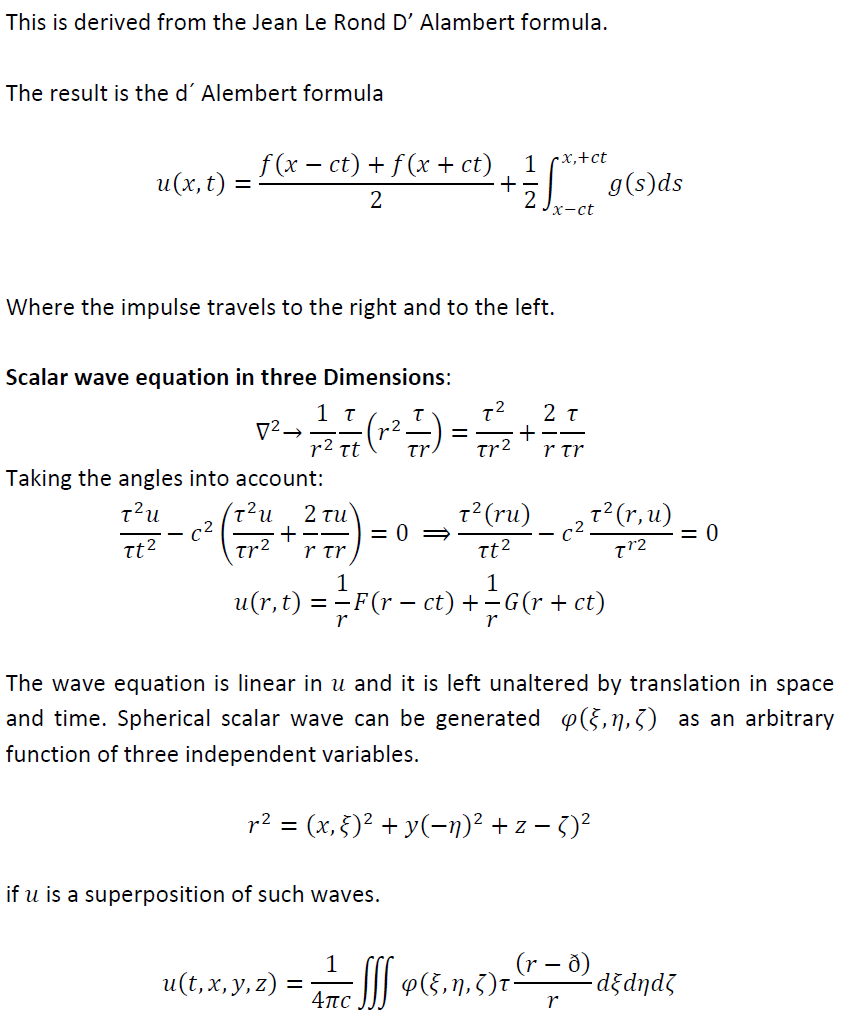
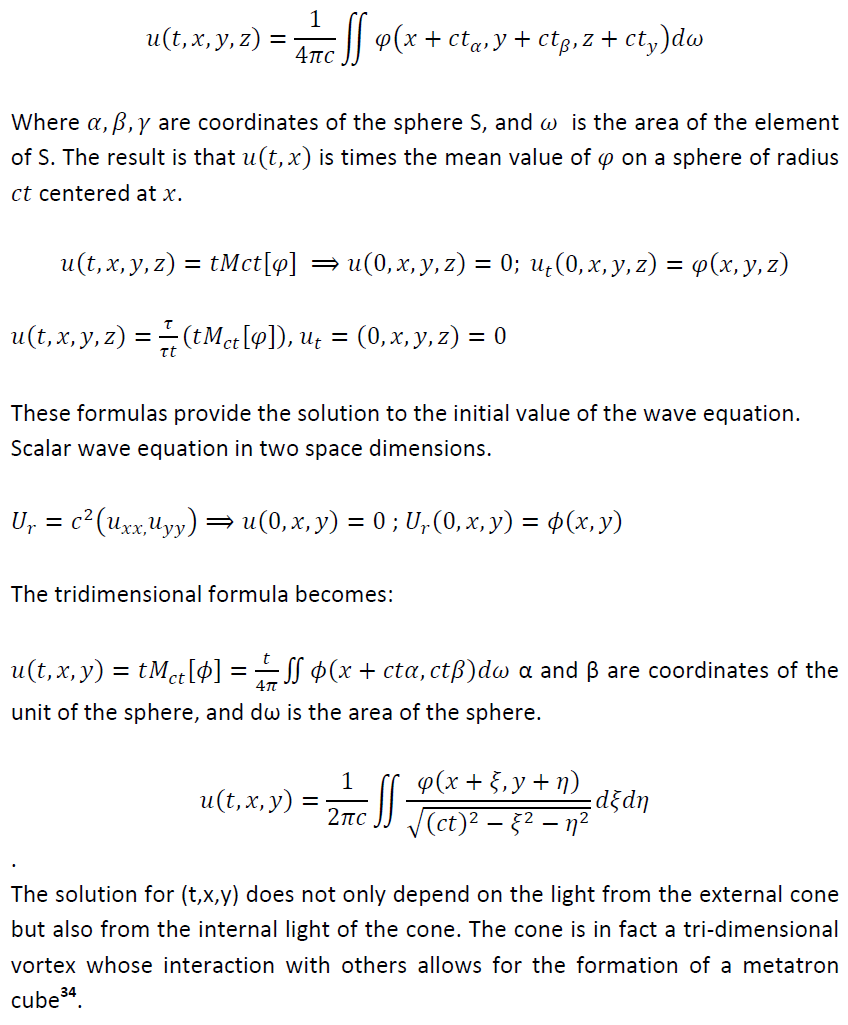
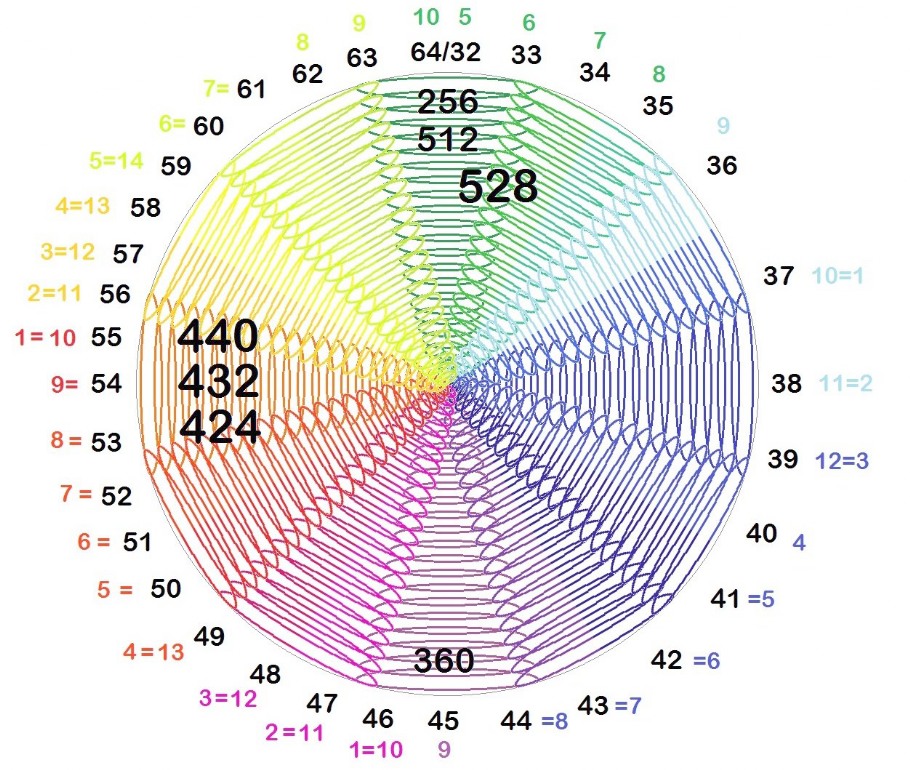
Figure 7. The Frequencies of nature are embedded in the Cell Wellbeing App. Bio photonic coherence is established between the Cell Wellbeing App and the frequencies of nature
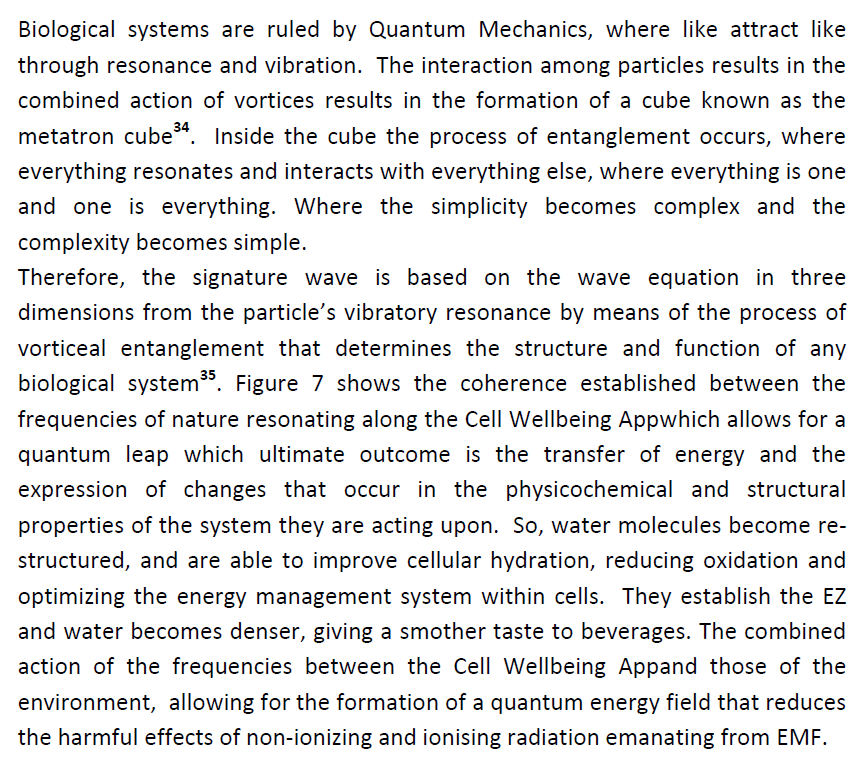
Conclusion
The Cell Wellbeing Company has created a mobile phone streaming application built around nature’s own specific frequencies & vibrations. We have found these to be very beneficial in harmonizing all man-made liquids and fluids. Clearly, more research needs to be done in this area and much is already underway. We are currently working with Prof Bernard Kröplin at the TAO institute in Stuttgart Germany to prove the effect of the Cell Wellbeing Appin forming hydrative water droplets. Prof Kröplin in a world leading expert in this area and we hope to have results from this research by mid 2016. We are also conducting ultraviolet spectroscopy studies at the Department of Molecular and Cellular Biology at the Burzynski Research Institute in Houston Texas, and hope to engage the research team of Gerald Pollack from Washington University. Some of these results will be presented this year at the XIth Water Conference in Sofia Bulgaria chaired by Gerald Pollack in late September.
About the Authors
Dr. Carlos Orozco is a scientist with professional training in the area of Biological and Health Sciences holding a bachelor’s degree in Experimental Biology, majoring in the areas of Biochemistry and Biophysics from Universidad Autónoma Metropolitana (Autonomous Metropolitan University), Iztapalapa Campus, Mexico; a Master Degree in Science in the field of Immunology and Tumor Cell Biology from the Institute of Biomedical Sciences at the Universidad Nacional Autónoma de México (National Autonomous University of Mexico); a PhD in Biochemistry and Immunology of Reproduction from the School of Biomedical Sciences at Griffith University in Brisbane, Australia; a Postdoctoral research fellowship in Human Fertility from the Lalor Foundation in Boston, Massachusetts in the United States.
He has been an Associate Professor in Human Fertility and Gynecological Oncology at the University of the King Khalid and the King Saud Hospital in Saudi Arabia. He also holds a degree in Natural Medicine, focusing in Vibrational Medicine and Clinical Nutrition from the Australian Institute of Applied Sciences. He is a Fellow at the Philippine Academy of Medical Specialists (FPAMS). He worked for 7 different pharmaceutical companies during 13 years. Since 1985 he has lived in Australia, Germany, Sweden, Saudi Arabia and Kuala Lumpur. Presently he is living in Mexico City where he continues to travel extensively to the United States, Canada, South America, South East Asia, Europe and Africa.
He has participated as a speaker in international symposia in various countries in the fields of Biological and Functional Medicine, as well as in conferences about Anti-Aging Medicine. He has presented his work on Quantum Physics in the poster session at the Biology, Physics and Chemistry of Water Conference in Bulgaria in 2014 and 2015. In 2015, he became an instructor at the Hado Institute in Tokyo, Japan, which is a legacy left by Masaru Emoto and was indoctrinated as a Fellow of the Philippine Association of Medical Specialists (FPAMS). He is associated with Prof. Bernard Kröplin and the Tao Institute in Stuttgart, Germany and with Dr Stanislaw Burzynski at the Burzynski Research Institute in Houston Texas USA.
In his clinical practice he has worked with technology developed in Russia and Germany using different devices such as: Prognos, the Fisospect, the Isogenix Core Machine, the Biowell, the Sputink, the Scio and Essential Oils of Young Living where he is a member of the scientific committee.
Dr. Carlos Orozco
BSc, MSc, ND, MD, PhD, FPAM
Medical and Scientific Director Cell-Wellbeing.
Dr. Donato Mendez Segura is an internist and geriatrician who has practiced allopathic medicine for 30 years. In 2009, tired of seeing so many side effects of allopathic medicine and aware of conflicts of interest generated by the pharmaceutical industry, he decided to research most of the complementary medicines that existed on a par with allopathic medicine. Great was his surprise when he found efficient and safer alternatives, without adverse effects for his patients.
Nowadays he only handles allopathic medicines in emergency cases and hospitalization and for a short time. He prefers to use orthomolecular, homeopathic and anti-homotoxicological medicine, as well as biomolecular therapy and cell therapy with excellent results. For this, he has acquired equipment with the technology that allows to assess patients vibrationally (Rayonex S10 and Obermax), which unfortunately require more time for patients’ assessment. He also uses a quantum magnetic resonance analyzer that allows checking patients in 5 to 10 minutes. It is very accurate in marking the orthomolecular deficiencies that it reports, recommending the necessary supplements where favorable responses can be observed during the following two weeks in his patients. He has been observing the same answer over the last 5 years.
Recently, in December 2015, in the Anti-Aging Congress A4M in Las Vegas, Nevada, he found an interesting device, the S-Drive from the Company Cell Wellbeing, which consists of a hemodynamic bio-profiler that scans the hair follicle. Hair is known as an excellent bio-marker that stores a lot of information. The S-Drive makes it possible that such information is expressed through vibrational resonance, decoding, digitalizing and sending it via Internet to a supercomputer located in Hamburg, Germany where it is processed and analyzed. It issues a report of approximately 30 sheets about the patient's nutritional status and the impact that the consultant has had: the effect of the environment, nutrition, emotions, stress and even his/her microbiome.
This is generated in 15 minutes, returning the report to the consulting physician for its interpretation. The physician can now develop an optimization program for the patient during 90 days, enabling the patient’s health to improve through appropriate nutrients and based on harmony and good resonance. Since the system allows the patient to rescan within 90 days, the doctor will be able to compare the results and see if the patient complied with the optimization health plan.
This means, we have within our reach a new type of healing. Certainly the S- Drive does not determine methylations because it is not designed for it. However, as Bruce Lipton stated, we have a new way to understand and to comprehend our body through measuring the vibrational fields which, as a communication means, is 100 times more efficient compared to the determination of chemical substances such as the methylations.
Dr. Donato Méndez Segura Internist-Geriatrician, Tamaulipas, Mexico.
Bibliography
- Henry George Lio; Robert Scott. «ad. Voc. ἄτομος». A Greek-English Lexicon (in English). Consulted June 7, 2014;
- Brian Greene. The Elegant Universe. From Newton to Einstein. https://www.youtube.com/watch?v=Yi1H_9JOwkI. Downloaded March 5, 2016;
- Physics – Physical Science Study Committee (1966). ISBN 978-0-669-97451- 5;
- Hafele, J., Keating, R. Around-the-World Atomic Clocks: Predicted Relativistic Time Gains. Science 177 (4044): 166–168;
- Hawking, Stephen and Ellis, G. F. R. (1973). The Large Scale Structure of Space-Time. Cambridge: Cambridge University Press. ISBN 0-521-09906-4;
- Fernández Barbón J. L., “Una nueva astronomía ha nacido hoy” (A new astronomy has been born today), El País, Science Section, February 12, 2016; http://elpais.com/elpais/2016/02/11/ciencia/1455201194_750459.html
- Cánovas Picón, Francisco (S. F.), James Clerk Maxwell. Murcia, Murcica University;
- Konstantine Meyl (2015) http://www.k-meyl.de/go/Primaerliteratur/Scalar-Waves.pdf;
- Gamov, George. Biography of Physics. Salvat. 1971, pp. 179-180;
- Hermann, Armin (July 2000). Max Planck, “mit Selbstzeugnissen und Bilddokumenten” (Self-Attestation and Picture Documentation) (7th edition). Rienbeck bei Hamburg: rororo. ISBN 3-499-50198-8;
- A. B. Weird Scientists, the Creators of Quantum Physics, pg. 124. Lulu.com, 2011. In Google Books. Consulted on February 6, 2016;
- Schrödinger E. (1935). "Discussion of probability, relations between separated systems". Mathematical Proceedings of the Cambridge Philosophical Society 31 (4): 555–563;
- Isaacson, Walter (2008). Einstein: His Life and Universe. New York: Simon and Schuster, pp. 390;
- http://genealogy.euweb.cz/broglie/broglie3.html;
- Thomas Powers. Heisenberg's War: The Secret History of the German Bomb (Knopf) ISBN 0-394-51411-4;
- Greene, Brian (2005). «Brian Greene: Making sense of string theory». TED.com;
- J. M. Overduin & P. S. Wesson, "Kaluza-Klein Gravity", Physics Reports, p. 303-378, 1997, (an extensive general explanation of the theory models of Kaluzna-Klein, 75 pages);
- Sylvie Braibant; Giorgio Giacomelli; Maurizio Spurio (2012). Particles and Fundamental Interactions: An Introduction to Particle Physics (2nd ed.). Springer. pp. 1–3. ISBN 978-94-007-2463-1
- Brian Greene, The Elegant Universe: Superstrings, Hidden Dimensions, and the Quest for the Ultimate Theory, ISBN 0-393-04688-5, W.W. Norton & Company, February 1999;
- Cheung P, Lau P. (2005), Epigenetic regulation by histone methylation and histone variants. Mol Endocrinol Mar; 19(3):563-73;
- "Canalization of development and genetic assimilation of acquired characters". Nature 183:1654-1655. (Year and authors missing);
- John Kotz, Paul Treichel, Gabriela Weaver (2005). Chemistry and Chemical Reactivity. Sengage Learning.ISBN053499766X,9780534997663, https://books.google.es/books?id=4vL3SjWjEcQC&pg=PA461&lpg=PA461&dq=50%2;
- International Human Genome Sequencing Consortium (2004). «Finishing the euchromatic sequence of the human genome.». Nature 431 (7011): 931–45. PMID 15496913. [1];
- Shilatifard A. (2006). «Chromatin modifications by methylation and ubiquitination: implications in the regulation of gene expression». Annu. Rev. Biochem. 75: 243–69. doi:10.1146/annurev.biochem. 75.103004.142422. PMID 16756492;
- Lipton, Bruce H. La biología de la creencia: la liberación del poder de la conciencia, la materia y los milagros (The biology of belief: the liberation of the power of consciousness, matter and miracles). La Esfera de los Libros, 2007. ISBN 978-84-96665-18-7;
- Carlos Orozco MD., presentation for the Anti-Aging Congress of the A3M in Mexico, Mexico City, February 2016;
- Lipton Bruce H. (2013) http://brucelipton1.s3.amaronws.com/member_call_with bruce_december_2013.mp3;
- Vibrational Medicine, Dr. Richard Gerber, (1988); Energy Medicine 1e, Dr. James L. Oschman, (2000);
- Carlos Orozco MD, Presentations in the US, Los Angeles and Las Vegas, in Mexico City. In Bogotá, Colombia in the Shaio Fundation, all for medical communities in different congresses between September 2015 and March 2016.
- Feynman, Richard P. (1998). Statistical Mechanics: A Set of Lectures (2nd ed.). Reading, Massachusetts: Addison-Wesley. ISBN 978-0-201-36076-9.
- R.J. Glauber, Coherent and incoherent states of radiation field (1963),Phys. Rev. 131 2766-2788.
- R. V. Mehta, Rajesh Patel, Rucha Desai, R. V. Upadhyay, and Kinnari Parekh. (2006). Experimental Evidence of Zero Forward Scattering in Magentic Spheres.Phys. Rev. Lett. 96, 127-147
- http://physics.info/waves-standing/ Downloaded August 2015.
- http://www.physicsclassroom.com/class/sound/Lesson-4/Fundamental-Frequency-and-Harmonics Downloaded August 2015
- Ketler, Alanna (2013). "The Secret To How The Universe Works Lies Within This Geometrical Pattern. What Is The Flower of Life?". Collective Evolution. Retrieved November 5, 2015
- Vincenzo D'Ambrosio, Gonzalo Carvacho, Francesco Graffitti, Chiara Vitelli, Bruno Piccirillo, Lorenzo Marrucci, Fabio Sciarrino (2015). Hybrid Entangled Entanglement in Vector Vortex Beams. Quantum Physics. arXiv:1507.08887v1




